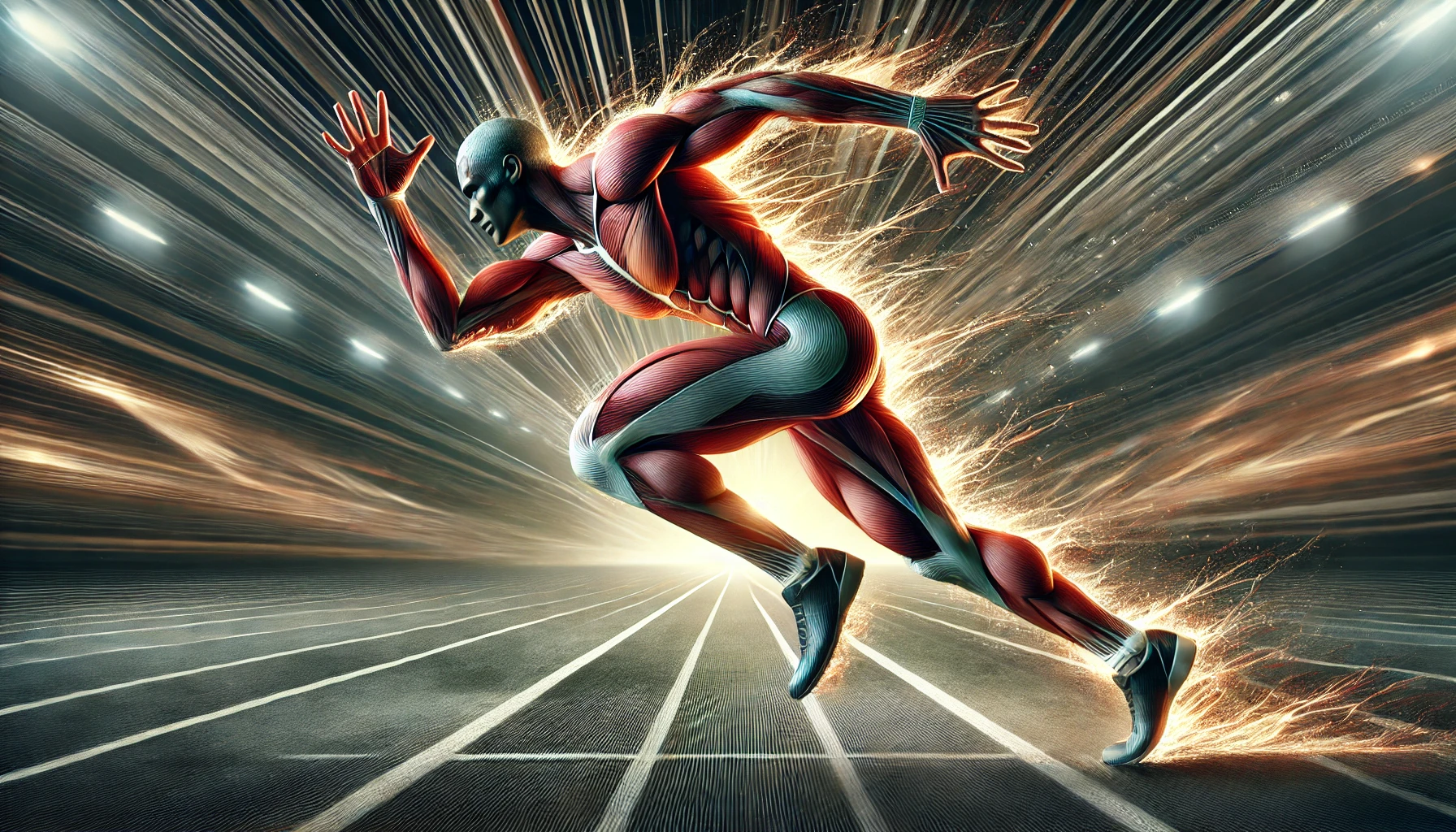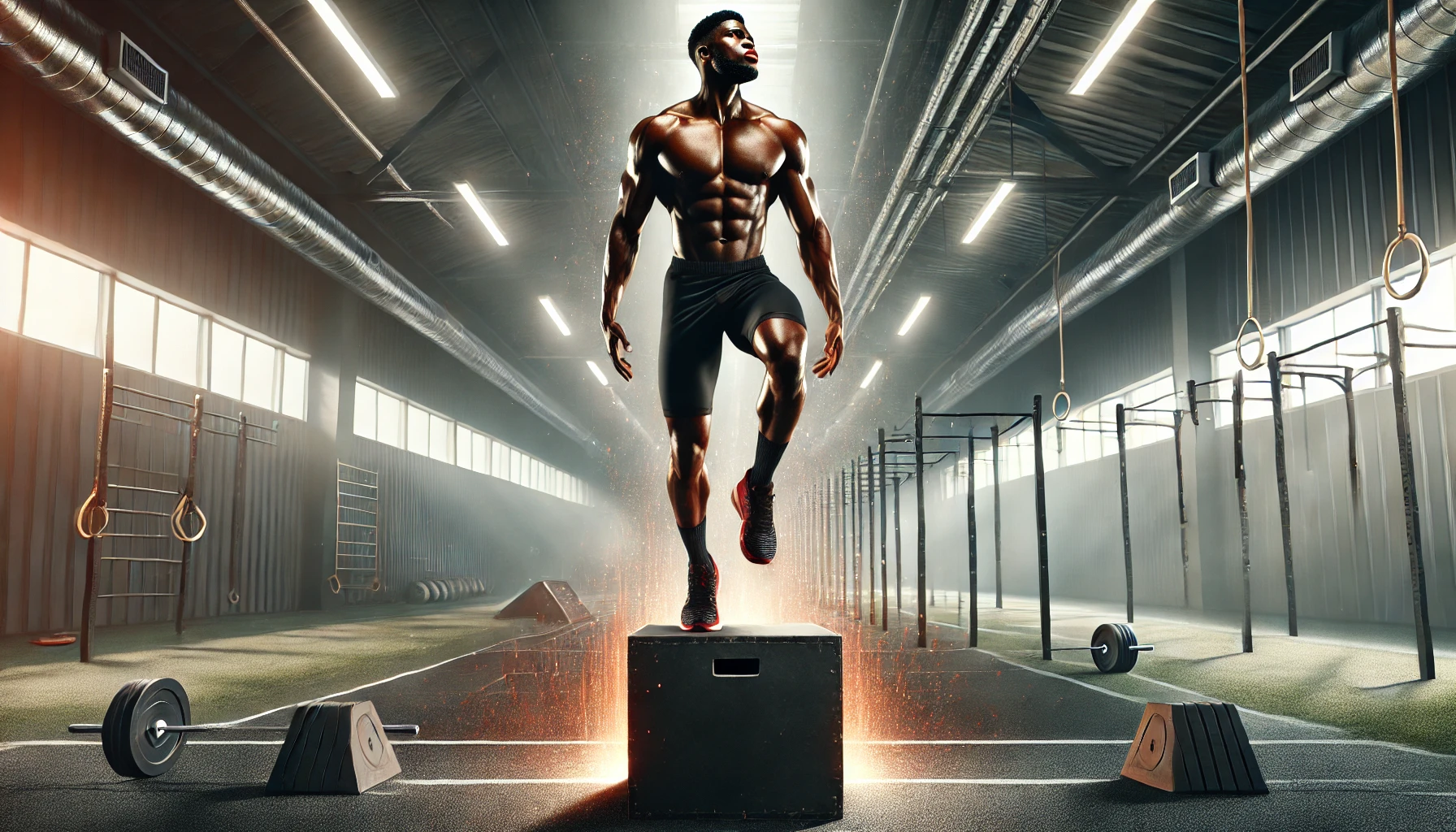Strength Training for Maximum Power
Soccer demands more than just skill and agility. To excel, players must possess the strength to explode into action, the power to dominate aerial duels, and the endurance to outlast their opponents. Strength training is key to building the power and performance necessary to meet these demands. Whether you’re looking to increase your strength for more explosive sprints, stronger tackles, or improved balance, the right workout regimen can take your game to new heights. In this article, we will explore a new set of exercises designed to boost your strength and power on the soccer field.
Why Strength Training Matters for Soccer Players
Strength plays a crucial role in soccer, even though it’s often overshadowed by speed and agility. A well-conditioned body allows you to perform at your best, whether you’re sprinting down the wing, battling for position, or executing a powerful shot on goal. Strength training will help improve your muscle endurance, explosive power, and overall stability. Strong legs and a solid core can also reduce the risk of injury, giving you the resilience to perform at your peak throughout the entire game.
Soccer strength training should target three key areas: lower body strength for power, upper body strength for balance and control, and core strength for stability and agility. Let’s dive into some new exercises that will help you build strength in each of these areas.
Lower Body Strength: Developing Explosiveness and Power
The legs are the driving force behind nearly every soccer action—whether it’s sprinting, jumping, or kicking the ball. Developing lower body strength will improve your acceleration, sprinting speed, kicking power, and stability when battling opponents. Here are some new exercises that will help you build strength in your legs and improve overall explosive power.
Trap bar deadlifts are an excellent alternative to traditional deadlifts. They allow you to engage the same muscles—hamstrings, glutes, and lower back—while reducing stress on the lower back. To perform this lift, stand inside a trap bar with your feet shoulder-width apart. Bend at the hips and knees, gripping the handles of the trap bar. Stand tall by driving through your heels and engaging your glutes. This exercise builds power for sprinting and decelerating quickly during the game.
Single-leg Romanian deadlifts help build strength in the hamstrings and glutes while improving balance and stability. Stand on one leg, holding a dumbbell or kettlebell in the opposite hand. Slowly hinge forward at the hips, keeping your back straight, until your torso is parallel to the ground. Lower the weight toward the floor before returning to the starting position. This unilateral movement helps correct imbalances and enhances functional strength for lateral movements and quick changes of direction.
Sled pushes are an excellent way to develop explosive strength and speed. Load a sled with weight, lower your body into a strong athletic position, and push the sled forward as fast as you can. This exercise mimics the start of a sprint and works the quads, glutes, and hamstrings. Sled pushes are also fantastic for building endurance in the lower body, as they require both power and stamina to move the sled efficiently over time.
Broad jumps, or long jumps, are a great plyometric exercise for building lower body explosiveness. Stand with your feet shoulder-width apart and bend at the knees, using your arms to generate power. Explode forward, jumping as far as you can. The broad jump improves your vertical and horizontal power, enhancing your ability to make explosive runs, jump for headers, and cover ground quickly.
Lunges target the quads, glutes, and hamstrings while improving coordination and balance. To perform walking lunges, hold a pair of dumbbells by your sides, step forward with one leg, and lower your hips until both knees are bent at a 90-degree angle. Push through the front heel to bring your back leg forward into the next lunge. Walking lunges help develop unilateral leg strength, which is essential for stability and agility during gameplay.
Upper Body Strength: Power for Balance and Control
In soccer, upper body strength plays a significant role in maintaining balance during challenges, shielding the ball from defenders, and fighting for aerial balls. A strong upper body can also improve your shot power and passing accuracy. Here are some exercises to help you build upper body strength and enhance your overall performance.
Landmine Press: The landmine press is a functional upper-body movement that targets the shoulders, chest, and triceps. Set up a barbell in a landmine attachment or wedge one end into a corner. Hold the free end of the barbell with both hands, press it up and slightly forward, and then return to the starting position. This exercise improves pressing power and shoulder stability, both of which are essential for ball control and battling defenders.
Chest-to-Bar Pull-Ups: Unlike standard pull-ups, chest-to-bar pull-ups require you to pull your chest all the way up to the bar, providing a more intense upper-body workout. This exercise builds strength in the lats, biceps, and shoulders. Strong pulling muscles will help you maintain balance and control when shielding the ball or making aerial challenges.
Kettlebell Swings: Kettlebell swings are a great full-body exercise that primarily targets the hips, glutes, and lower back, while also engaging the upper body. To perform a kettlebell swing, stand with your feet shoulder-width apart, hinge at your hips, and swing the kettlebell between your legs. Drive your hips forward to swing the kettlebell up to shoulder height, then reverse the movement. Kettlebell swings help improve explosive hip power, which translates to better acceleration and jump height in soccer.
Standing Barbell Press: The standing barbell press is a classic overhead press that targets the shoulders, upper back, and triceps. This compound movement strengthens the pressing muscles, improving your ability to maintain balance when fighting for possession or executing strong shots. Begin with the barbell at shoulder height, press it overhead, and return to the starting position. The standing version of the press also engages your core and legs for stability.
Renegade Rows: Renegade rows combine a plank position with a rowing movement, building strength in the back, shoulders, and arms. Start in a push-up position with a dumbbell in each hand. Row one dumbbell to your hip while maintaining a stable plank position. This exercise challenges the core, stabilizing muscles, and upper body, all of which are crucial for ball control and upper-body stability during tackles and duels.
Core Strength: The Key to Agility and Balance
A strong core is essential for soccer players because it provides stability during rapid changes of direction, helps maintain posture during ball control, and powers rotational movements like twisting for a shot or pass. The following core exercises will help you improve your agility and power on the field.
Cable woodchoppers are a rotational movement that targets the obliques, which are important for twisting motions in soccer. Set up a cable machine with a handle attachment, and stand perpendicular to the machine. Grasp the handle with both hands and pull it diagonally across your body, engaging your core and twisting your torso. This exercise helps develop rotational strength for more powerful shots and better agility when changing direction.
V-ups are an effective exercise for targeting the upper and lower abdominals. Start by lying on your back with your arms extended overhead. Simultaneously raise your legs and upper body off the ground, reaching for your toes with your hands. Lower back down with control and repeat. V-ups enhance flexibility and strength in the abdominal region, improving your balance and control during quick movements on the field.
Dragon flags are an advanced core exercise that builds strength and control in the abs, hip flexors, and lower back. To perform dragon flags, lie on a bench and grab the sides for support. Lift your legs and torso off the bench, maintaining a straight line from head to heels. Lower your body slowly while keeping your core engaged. This exercise is excellent for improving overall core strength and stability.
The side plank with leg lift targets the obliques and hip abductors. Lie on your side, propped up on one forearm. Lift your hips off the ground into a side plank position. While holding this position, raise your top leg up and down. This exercise improves lateral stability, which is important for maintaining balance and control during side-to-side movements on the field.
The ab wheel rollout is a challenging core exercise that targets the entire abdominal region. Start on your hands and knees, holding the ab wheel in front of you. Roll the wheel forward as far as you can while keeping your body straight, then roll it back toward your knees. This exercise requires significant core strength to perform properly, improving overall stability and power during fast movements.
Rest and Recovery: Maximizing Gains
Strength training alone won’t lead to peak performance unless you allow your body time to recover and rebuild. Overtraining can result in injury, fatigue, and diminished performance, so it’s crucial to prioritize recovery.
Ensure you’re getting enough rest days in between your intense training sessions. Active recovery days, like light jogging or yoga, are beneficial for muscle recovery without overexerting your body. Aim for 7-9 hours of sleep per night to allow your body to repair muscle tissue and replenish energy stores. Nutrition also plays a key role—ensure you’re fueling your body with protein, healthy fats, and carbohydrates to support muscle recovery and growth.
Building a Balanced Strength Training Routine for Soccer
Here’s a sample weekly training schedule designed to target strength and power for soccer players:
- Monday: Lower Body Strength – Focus on trap bar deadlifts, single-leg Romanian deadlifts, sled pushes, and broad jumps.
- Tuesday: Upper Body Strength – Incorporate landmine presses, chest-to-bar pull-ups, kettlebell swings, and standing barbell presses.
- Wednesday: Core and Explosive Training – Work on cable woodchoppers, V-ups, dragon flags, and side plank leg lifts.
- Thursday: Active Recovery – Engage in light cardio or yoga to allow muscles to recover.
- Friday: Full-Body Strength – Combine compound exercises like deadlifts, squats, and overhead presses with bodyweight movements.
- Saturday: Soccer-Specific Drills – Incorporate agility drills, sprint intervals, and ball control exercises to simulate game situations.
- Sunday: Rest and Recovery – Focus on rest and muscle recovery to prepare for the upcoming week.
The Road to Peak Performance: Consistency and Patience
Strength training for soccer is a long-term commitment that requires consistent effort. Focus on improving your technique, progressively overloading your exercises, and allowing your body ample time to recover. With dedication and smart training, you’ll develop the strength, power, and endurance needed to excel on the field.
The Final Push
Every workout, every rep, and every session is a step toward unlocking your full soccer potential. Commit to your training, trust the process, and remember that your hard work will pay off in the form of faster sprints, more powerful shots, and better overall performance. Keep pushing, stay strong, and embrace the journey. You have the power to become a dominant force on the field.




